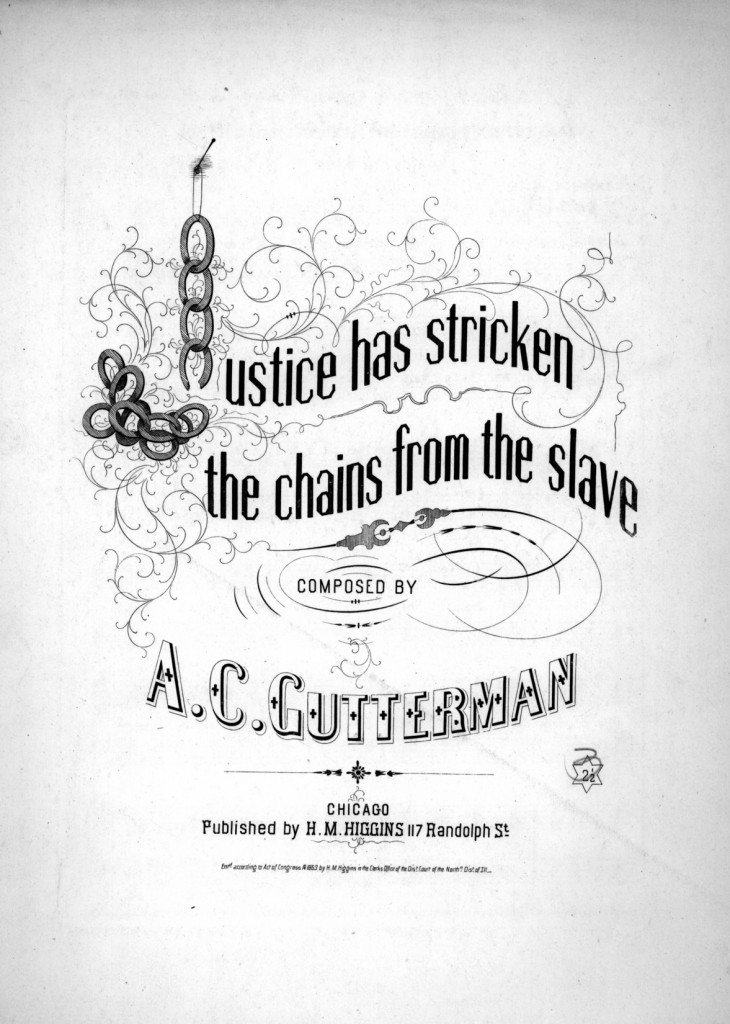
A private piano instructor with student. This photo was apart of Du Bois’ personal collection. 1899/1900
Chapter one of W.E.B. Du Bois’ The Souls of Black Folk is centered in an identification of the uniqueness of the “Black” identity. In his introduction Du Bois states that African Americans are “gifted with a second sight in this American world”; Du Bois sees the plight of slavery as an entirely separate perspective from that of white America. Du Bois’ “double-consciousness” theory is in tune with Gospel; as a proponent of African-American identity, Du Bois was careful in identifying traditionally “Black” music.
“Ever since I was a child these songs have stirred me strangely. They came out of the South unknown to me, one by one, and yet at once I knew them as of me and of mine.” – W.E.B. Du Bois, Chapter XIV
Du Bois certainly understood the unifying principles of Gospel as well; Chapter IX of The Souls of Black Folk begins with a song reflecting unification under religion and spirit:
Life treads on life, and heart on heart
We press too close in church and mart
To keep a dream or grave apart.
In as much as gospel music reflects a unique African-American ideology, Du Bois saw the unifying power of religious identity. Gospel music’s role in the church atmosphere (and the church atmosphere at large) is seen by Du Bois as a key component separating White from Black society in the American South. Gospel music characterized the African-American churchgoing crowd as far more engulfed in a unique setting versus the traditional White protestant atmosphere.
However, Du Bois further saw the potential of spirituals and gospel music as able to unite White and Black society, that both races are unified under a common human ideal. In chapter nine Du Bois states “The color line comes to separate natural friends and co-workers”, and by this Du Bois identifies a separation of humanity based solely on color. It is through the thematic qualities of gospel (as well as numerous other factors) that Du Bois sees a united, but divided society.
